by Kasandra Chai Kim November 18, 2021
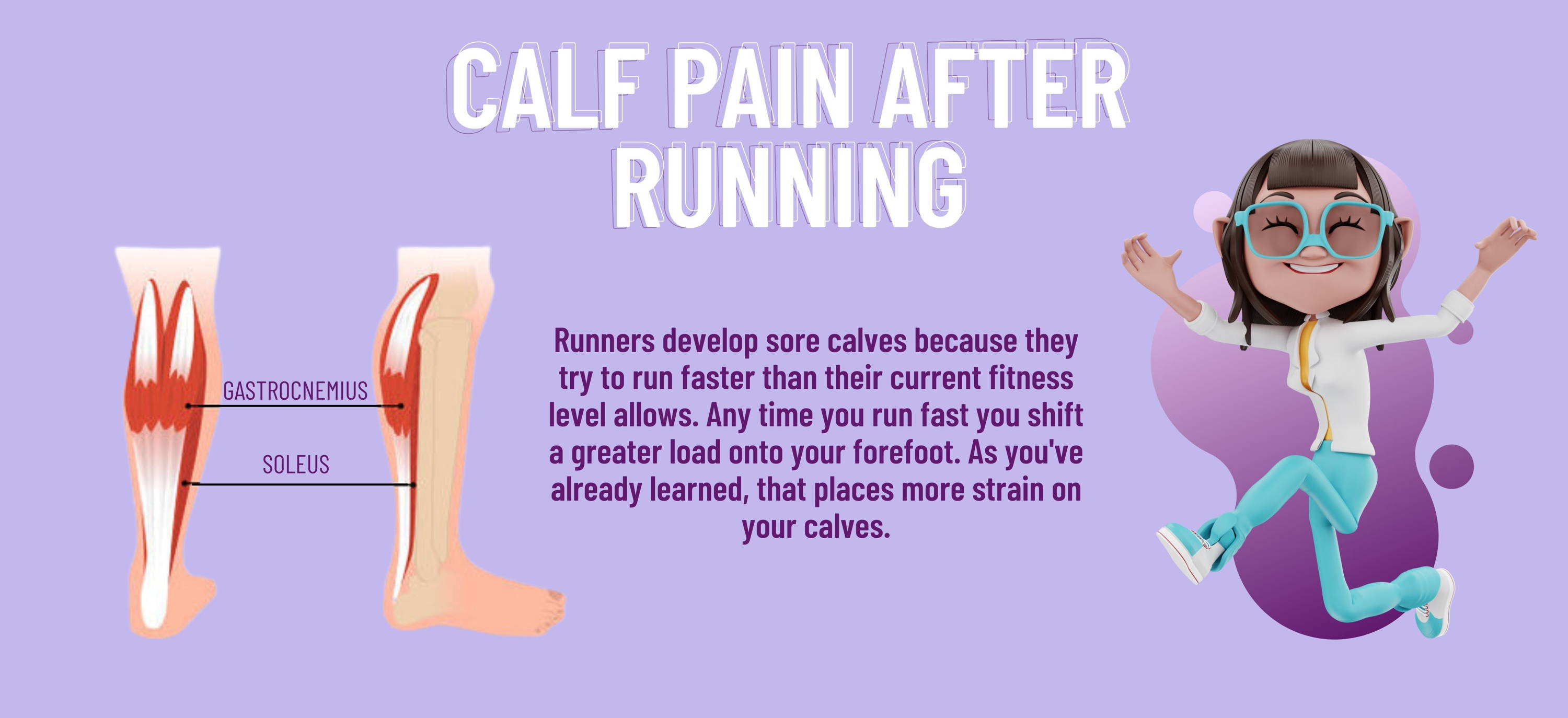
QUICK NAVIGATION
Calf pain is common among recreational runners and competitive athletes alike. It can be a debilitating injury that keeps you from running, or in some cases requires surgery or rehabilitation to heal fully. So if you're experiencing calf pain, we'll help you understand why and show you how to treat it.
Here is the information on calf injuries right here for your convenience. You don't have time to go searching around for answers when there's a race coming up next week! This guides you through this process step by step with our easy-to-understand articles about everything related to calf injuries – including treatment options, recovery times, exercises, stretches, and more! This is for you, no matter what stage of recovery or rehab process may be going on at any given moment. Get people back out there doing what they love as quickly as possible without causing further damage along the way! Whether your issue is acute or chronic (or both), here is the info that will help put an end to your suffering once and for all so that YOU can get back out there feeling great again soon enough, too!
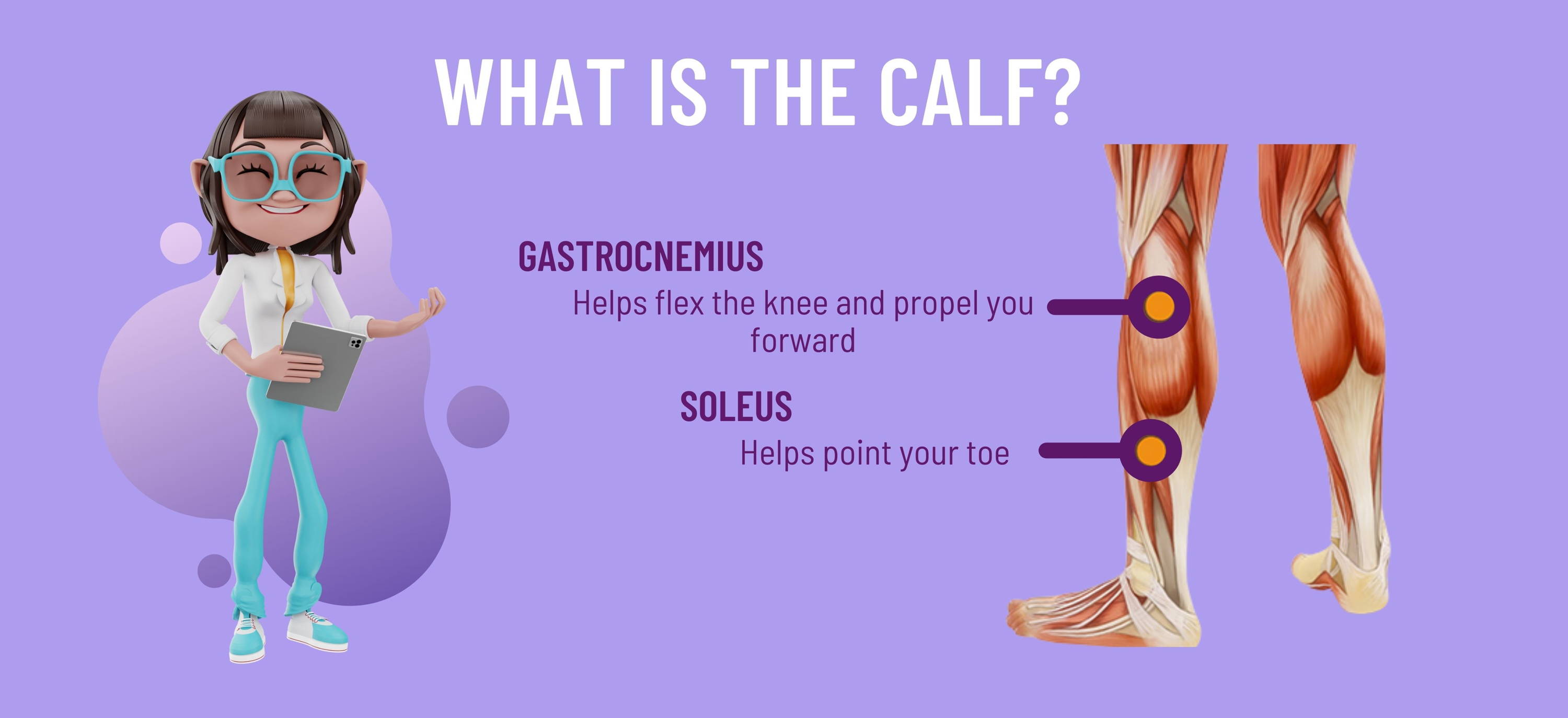
WHAT IS THE CALF?
Your calf is a powerful muscle that can be strengthened with exercise. Tightness and injuries to these muscles often lead not only to Achilles problems but plantar fasciitis as well - all three of which could keep you from training or racing altogether! It's important for people who have any sort of foot issue like this to order early on before missing out on anything they want too much, like time spent working towards their goals at the gym.
To strengthen your calves, just do what came naturally: standing heel drops while holding onto something sturdy against an item near each side--a countertop would work great
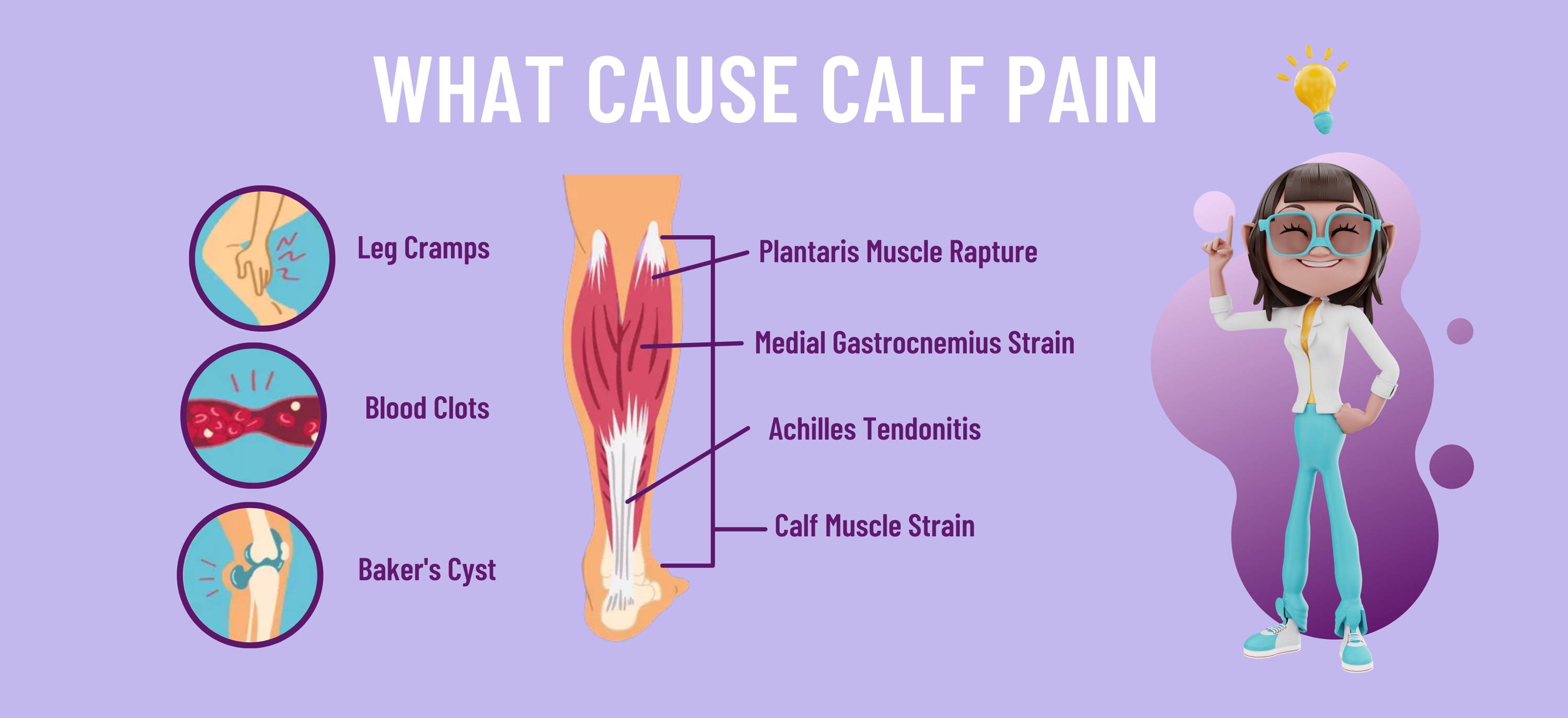
WHAT IS CALF PAIN AFTER RUNNING?
Calf pain is a common issue that runners can experience. The calves are often the first muscles to be sore after running for beginners, coming back from an injury, or taking too much time off of training; they get more work than other parts of your body during periods with faster speeds and greater distances covered per session (like in speed work). It usually goes away on its own, but sometimes massage therapy may help if needed!
THE DIFFERENCE BETWEEN TEMPORARY DISCOMFORT AND PAIN
When dealing with pain, it's important, to be honest, and realistic about your condition. Pain can come in many forms--some of which may not even feel as if they're physically hurting, but just cause discomfort or stress instead!
1. Discomfort that is only temporary is not the same as pain.
Pain is an indicator that we have done something wrong. Pain should not be ignored or indulged, since it can signal broken bones and other more serious conditions
The discomfort felt when muscles are loaded with new stresses can range from mild discomfort to outright pain; however, these sensations pale in comparison to the intense distress of having gone too far - beyond what was feasible for your body's strength as currently conditioned.
2. The difference between discomfort and pain is crucial.
Pain has a specific cause, whereas discomfort alone does not. Discomfort fades on its own, but the pain does not.
Pain is your body's way of letting you know that something is wrong. By addressing pain on time, it can be worked out and corrected before any permanent damage takes place. Exercising regularly helps with eliminating discomfort as well! Short runs barefoot are helpful because they teach proper coordination while giving off feelings like relaxation; jumps with rope on one or both legs will help too since this teaches how to synchronize their weight distribution properly during movement.
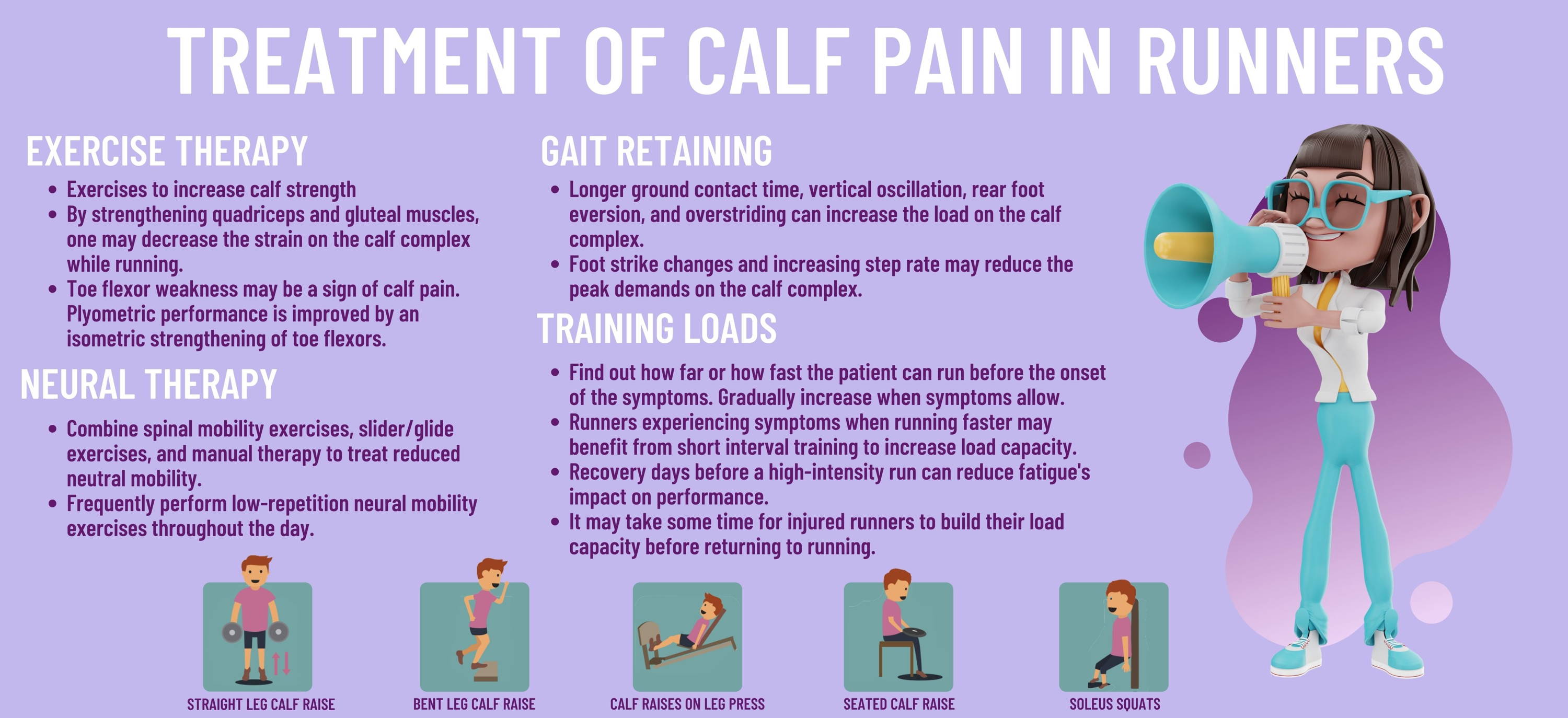
TREATMENTS FOR CALF PAIN AFTER RUNNING
Cocoons hot and cold compression therapy is an innovative new product that helps runners recover faster. The cocoon wraps gently around the injured area and relaxes the muscle, which makes it comfortable for people to wear while they exercise or go about their day-to-day lives without having pain in this vulnerable spot from old injuries trying to set in during rehabilitation efforts.
It also provides outstanding pain relief, so you can get back on your feet much quicker with less risk of re-aggravation, allowing more movement throughout each session than traditional ice packs do because there's no need to worry about them falling off at any given moment!
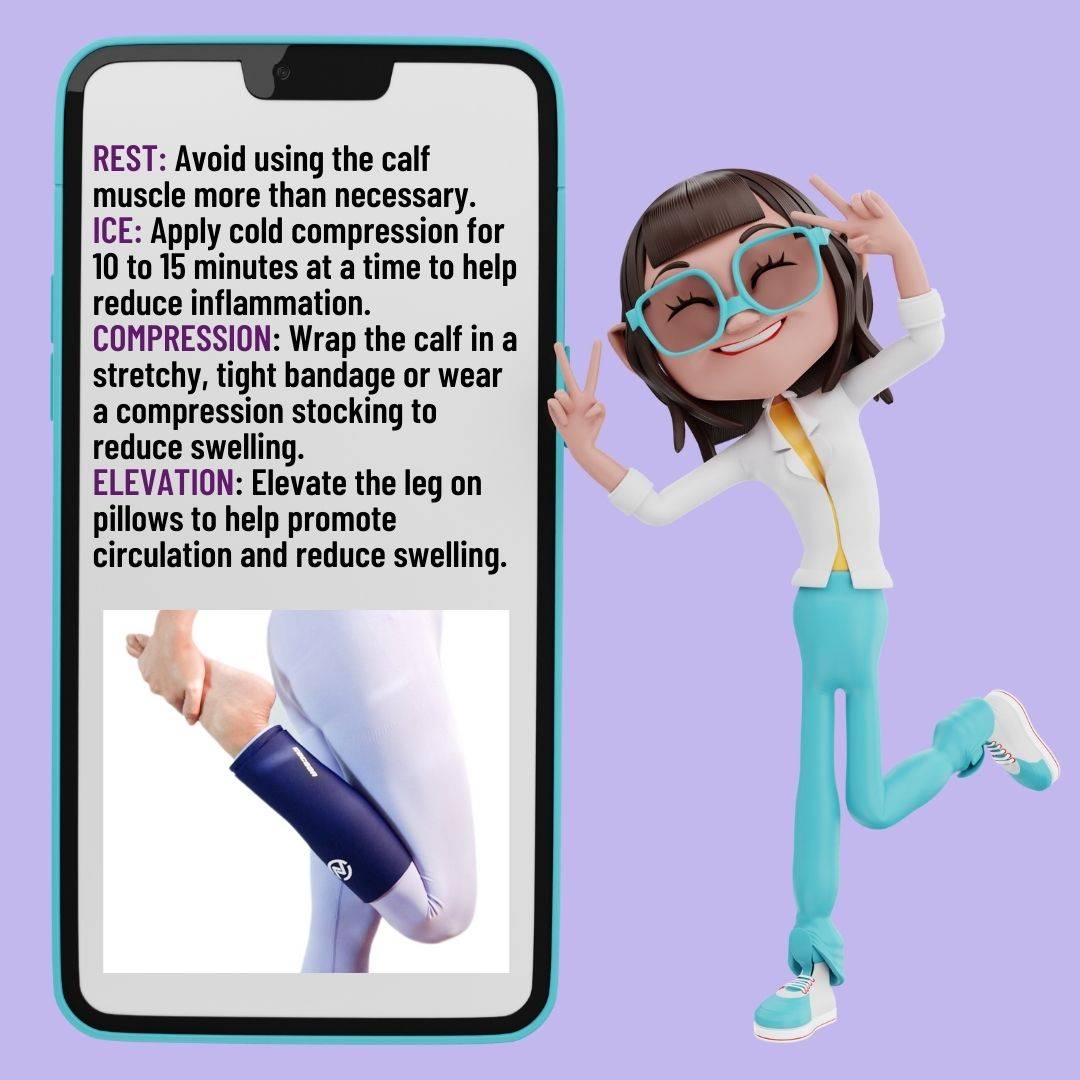
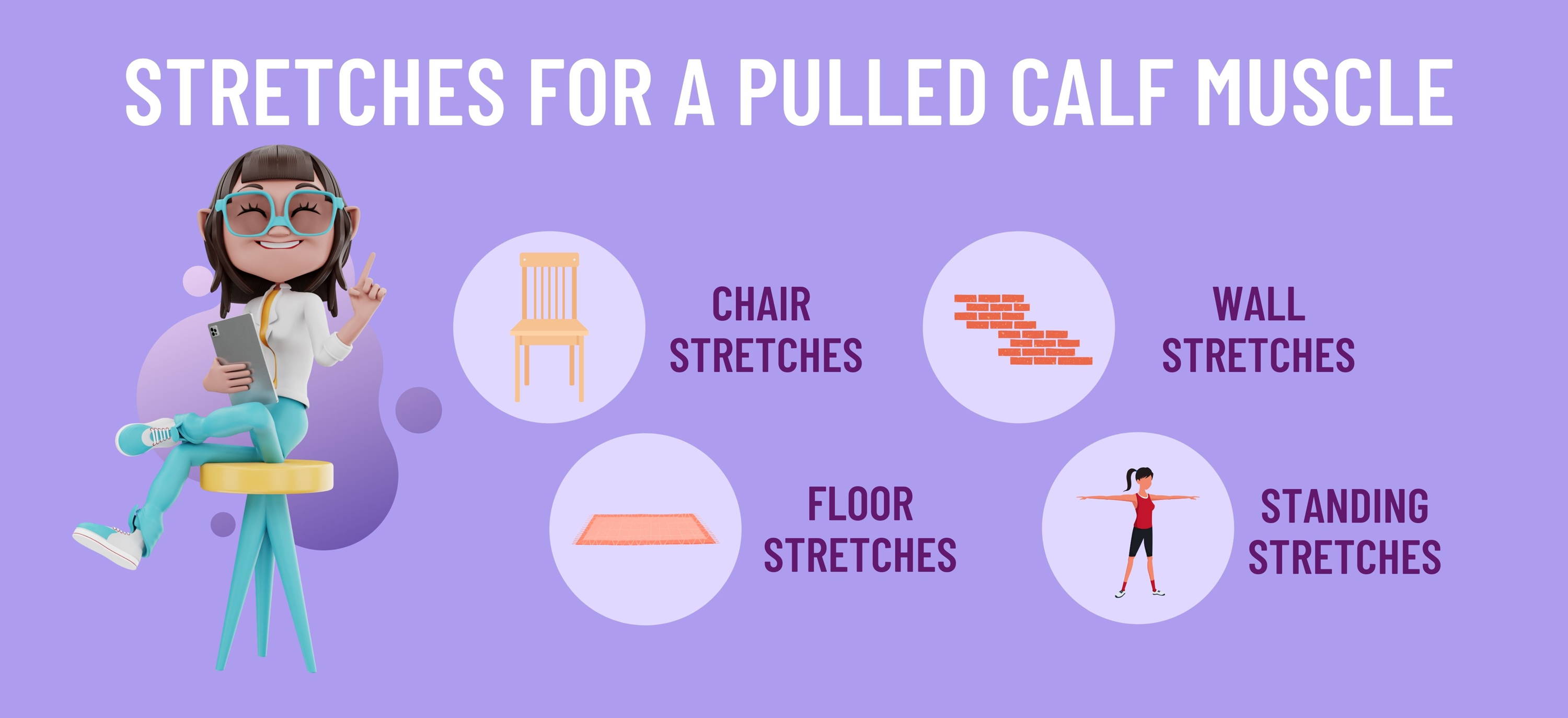
STRETCHES FOR A PULLED CALF MUSCLE
Stretching is important for calf muscle recovery, but you should wait until your leg has healed before resuming normal activities. Some stretches can help with this process, and it also helps keep any knee or ankle joints mobile too! Ask a doctor about the following exercises:
Sitting in a stable chair, bend and straighten the knee of your affected leg for 10 repetitions at once. You can also stretch it out while watching TV or reading an interesting book!
This exercise will help improve balance and stability in the body. Keeping one foot planted firmly against a wall, raise both hands so that they are shoulder height with an open palm facing outward from about ten feet away or more (depending on how tall you need). Then straighten out your leg which is now at 90 degrees by pressing down hard through its heel while keeping yourself centered over this vertical axis—you can do this for 30 seconds before transitioning into another pose break if desired! Repeat throughout each day until completed.
Sit on the floor with your affected leg straight. Flex your foot and set its heel firmly in front of you, then gently press down for 5 seconds while pressing out against it so that toes are brought closer towards each other as if they were trying to touch.
Get your stair step on with this simple exercise. Stand straight, grasp the back of a sturdy chair and slowly rise onto the balls (or heels)of both feet for five seconds at once, then repeat four times each session- do not exceed two sessions per day!
HOW TO AVOID CALF PAIN
- Don't over-exert yourself to maintain a firm grip on the foot.
- Don't hold the heel up above the ground; let it touch the ground and your ankle to move freely. It's important to keep your body weight on your forefoot.
- When you start running, don't use your leg or foot to do any active propulsion. Keep the feeling that your foot isn't weighted, while also believing it is being unloaded as you start running.
- Only concentrate on the foot's pulling action as it comes down from the ground.
- Use Cocoons cold compression therapy during your training and while recovering from pain.
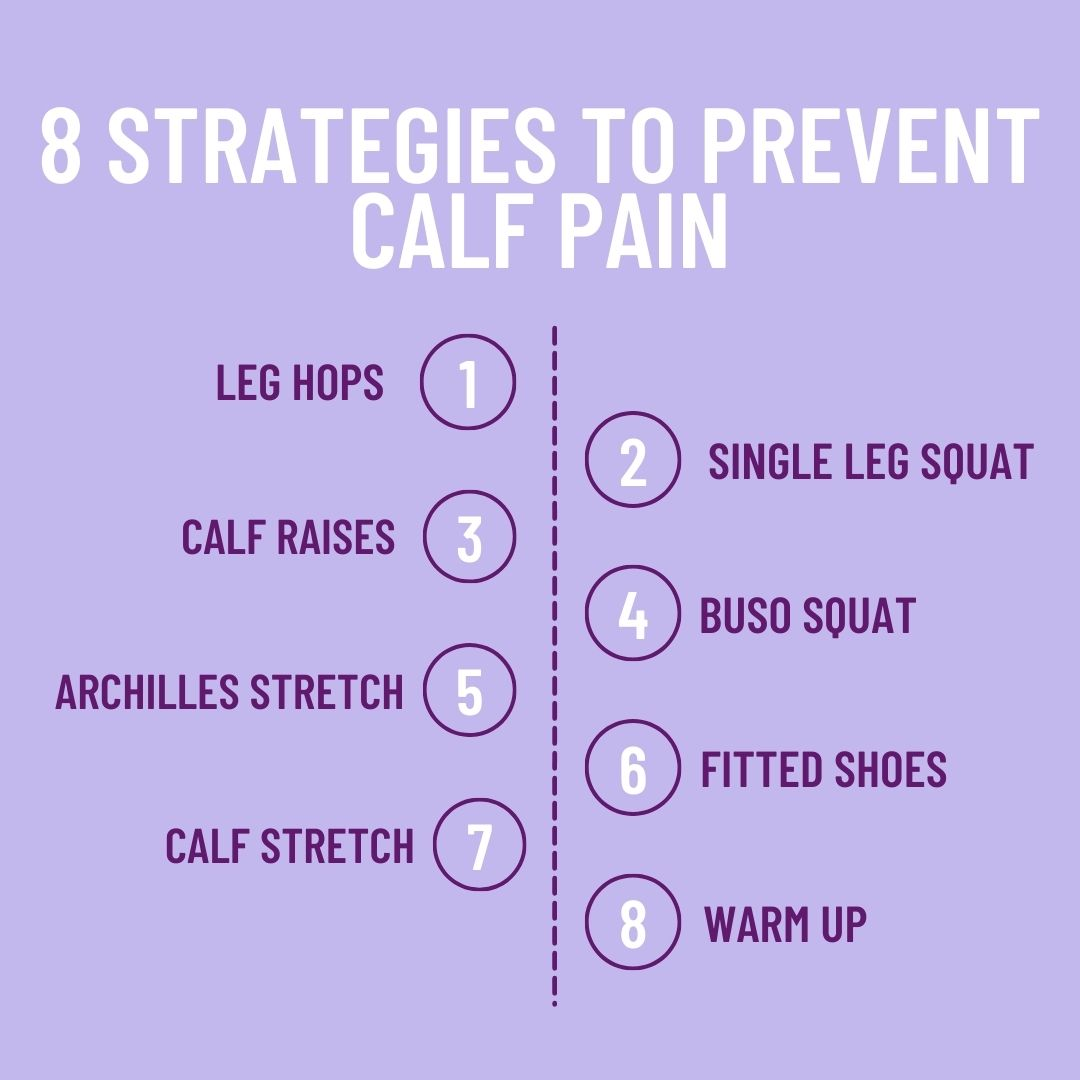
- Jump rope (lift feet, don't push) before you start implementing the Pose into your running. Do it barefoot and in shoes to get a different perception of how far down one's foot touches while they jump on this exercise for increased benefits! Be sure not to do any more than 10 reps at first so as not to overdo yourself or wear out easily because both would decrease effectiveness with time.
- Pose running can be a little difficult to get started with, but these prescribed workouts will help you improve your form and ensure that the time spent on each drill is effective. Follow our beginner's guide for an in-depth look at how Pose Running works.
The best way to train is by staying within a comfort zone. If you're doing distance running, keep your elevation and speed the same for each week of training so that your tissues have time to adapt before they are taxed with more intense workouts or activities like mountain climbing where there's no room for error on their part!
To get stronger, you should train your muscles. Some good muscle groups to focus on as we strengthen our legs are calves and glutes for strength-building work with weights or cardio exercises such as jogging because they're easy going when it comes down from time constraints while still producing great results!
The painful ache in your calf is likely due to tight calves. You mustn't put too much pressure on the muscle, which can cause further damage and pain. You should also avoid running if at all possible. Calf injuries will often heal with time; however, it may require surgery or rehabilitation for athletes who are experiencing severe symptoms of injury like swelling and bruising.
If you're looking for a comfortable way to keep your injured calf, painful muscle from moving around and causing pain or discomfort while still enjoying the outdoors, try wearing a cocoon. We make our products with comfort in mind!
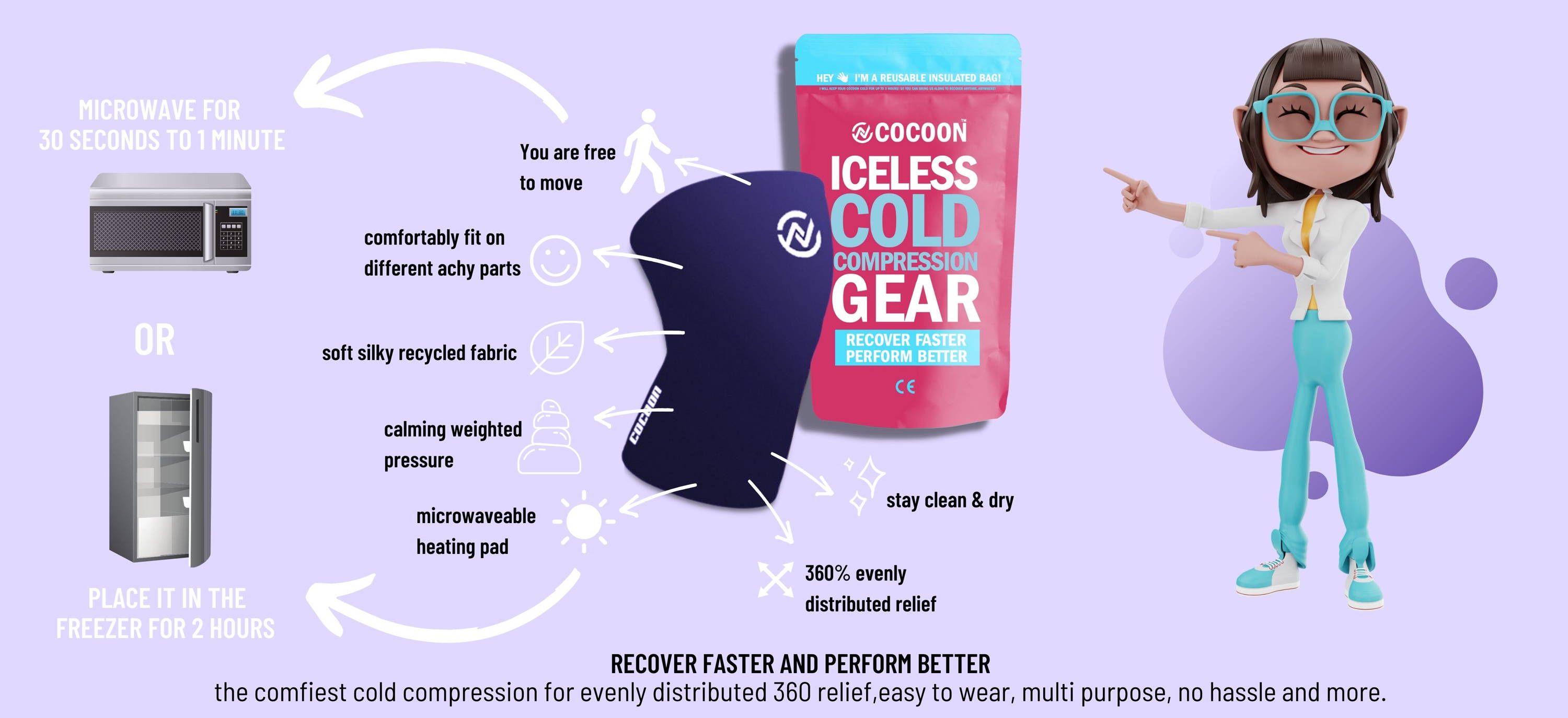
Remember whether it is pain or discomfort, use Cocoon Compression Therapy is the best way to get relief for your calf pain, but they also keep it from moving around. With cocoon you can spend more time outside without worrying about discomfort or pain because of an injured joint! The hydrogel and butter-soft technical fabric make them super comfortable while still providing excellent support with 100% leakproof sealant ensuring the cleanest possible usage.
Get relief from your calf pain today by getting your cocoons ultra knee pro online at mycocoons.com spend more time outside without any worries about an injury thanks to our hot and cold treatments that will help relieve stress on the muscles of your calf.
Make sure not to put too much pressure on it when walking or running, which can cause further damage and even lead up to surgery if needed! Calf injuries are common among athletes, so be mindful of what you do before injuring yourself again.

